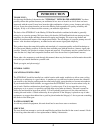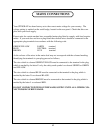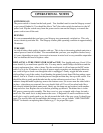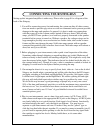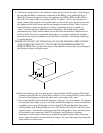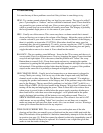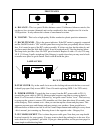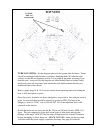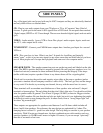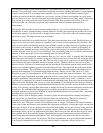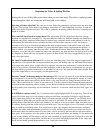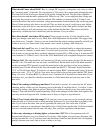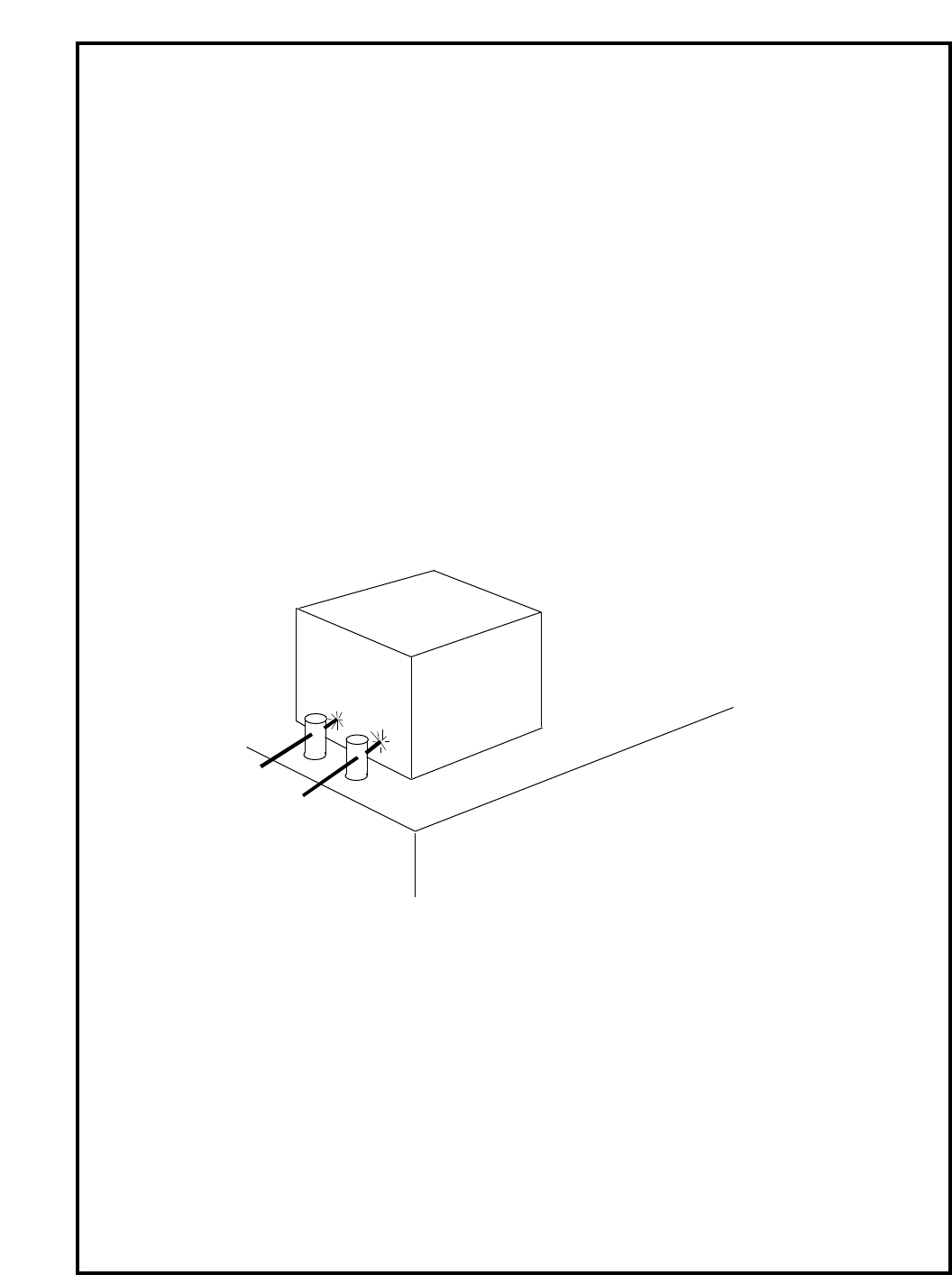
7
6. Before proceeding to the next step (power!) check that the On/Off switch is Off and the
volume is turned all the way down (anti-clockwise). Now connect the IEC power cable to
the back of the Stingray and then the other end to your mains wall socket.
7. Turn on the On/Off switch and let the Stingray "warm-up" for a few minutes. You should
be seeing the tubes begin to glow a bit. None should turn bright red - that would indicate
a problem. Let us start off checking with a favorite CD. Be sure that both input select
switches (Back-Left & Back-Right) are set to CD. Put the CD in PLAY and slowly turn
up the Volume - You should be getting sound from both speakers. If not, turn the power
off and check your connections from CD to Stingray and Stingray to Speakers.
Sometimes we don't get an interconnect pushed in enough for good contact. Power up
and try again. If you have sound, sit back and enjoy. Try your other inputs by turning the
input selectors to each source.
NO !
5. Connect the speaker leads to the terminals on the top far left and far right of the Stingray.
Be sure that the RED (+) terminal is connected to the RED(+) wire and BLACK is to
BLACK. Connect the opposite ends to the speakers also RED to RED and BLACK to
BLACK. This insures that your speakers will be "in-phase". All too often people acci-
dently connect their speakers out-of-phase and lose most of the lows. We have even seen
this happen in hi-fi trade shows and record company executive offices. There is always
some indication on the wire to help get "polarity" right but it may be as subtle as a
"ridge" on the insulation or different colored conductors. Most high quality speaker
interconnects are clearly labeled and/or color coded. Be sure that these connections are
firm and solid. We do not recommend using pliers or a wrench to tighten the terminals
because one can easily overtighten or mar the finish of the bolts. Good finger tightening
is usually the best.
IMPORTANT: DO NOT LET THE BANANA PLUGS OR SPEAKER CABLE CONNEC-
TORS COME INTO CONTACT (TOUCH) THE TRANSFORMERS DIRECTLY
BEHIND THEM. This can short the output of the amplifier and possibly cause damage to
the Stingray, besides losing the signal.





